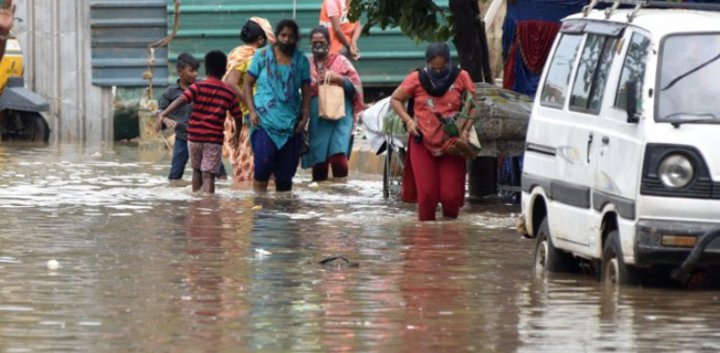The flood caused by the glacier fracture and falling into the river in northern India caused the river to be turbid, causing insufficient water supply in some urban areas in the capital New Delhi 530 kilometers away.
On the 15th, the water supply was interrupted.
“After the floods in Uttarakhand, the water turbidity of the Upper Ganges Canal into New Delhi was “unprecedented” and that the capital’s two water purification plants can only reduce water supply at present,” Lagav Chada, vice chairman of the capital municipal department “Delhi Water Supply Committee” wrote on social media Twitter on the 14th.
According to the data cited by Chada, the turbidity of the Upper Ganges Canal on the 14th was 80 times the “highest normality”.
Chadda said: “Water supply in parts of southern, eastern and northeastern parts of New Delhi may be affected.
We call on the public to use water cautiously, and we are deploying sufficient water trucks to minimize the turbidity of water.
The Times of India reported that 25% of New Delhi’s water supply comes from the Upper Ganges Canal, which is handled by the two water purification plants.
A senior official of the Delhi Water Supply Committee said that the current operating capacity of the two water purification plants is affected by 40% to 70%.
Chada said that the turbidity of the Upper Ganges Canal will increase during the rainy season due to sediment rushing, but it is usually “clearer” than the Yamuna River, another source of water supply in New Delhi.
He said that the Delhi Water Supply Commission had arranged for two pumping stations to pump water from the Yamuna River and arranged working groups to clean water filters to deal with the water supply problem.
A high mountain glacier broke down on the 7th in the Jemoli region of North Arkhand and fell into the Taoliginga River, causing flooding.
The National Disaster Relief and Emergency Response Force of India said on the 14th that rescue workers have found the bodies of 50 flood victims, and 154 people are still missing.
New Delhi has a population of more than 20 million.
New Delhi is usually underserved in summer, and rivers such as the Yamuna River, which is the source of water supply, have been heavily polluted in recent years, AFP reported.



